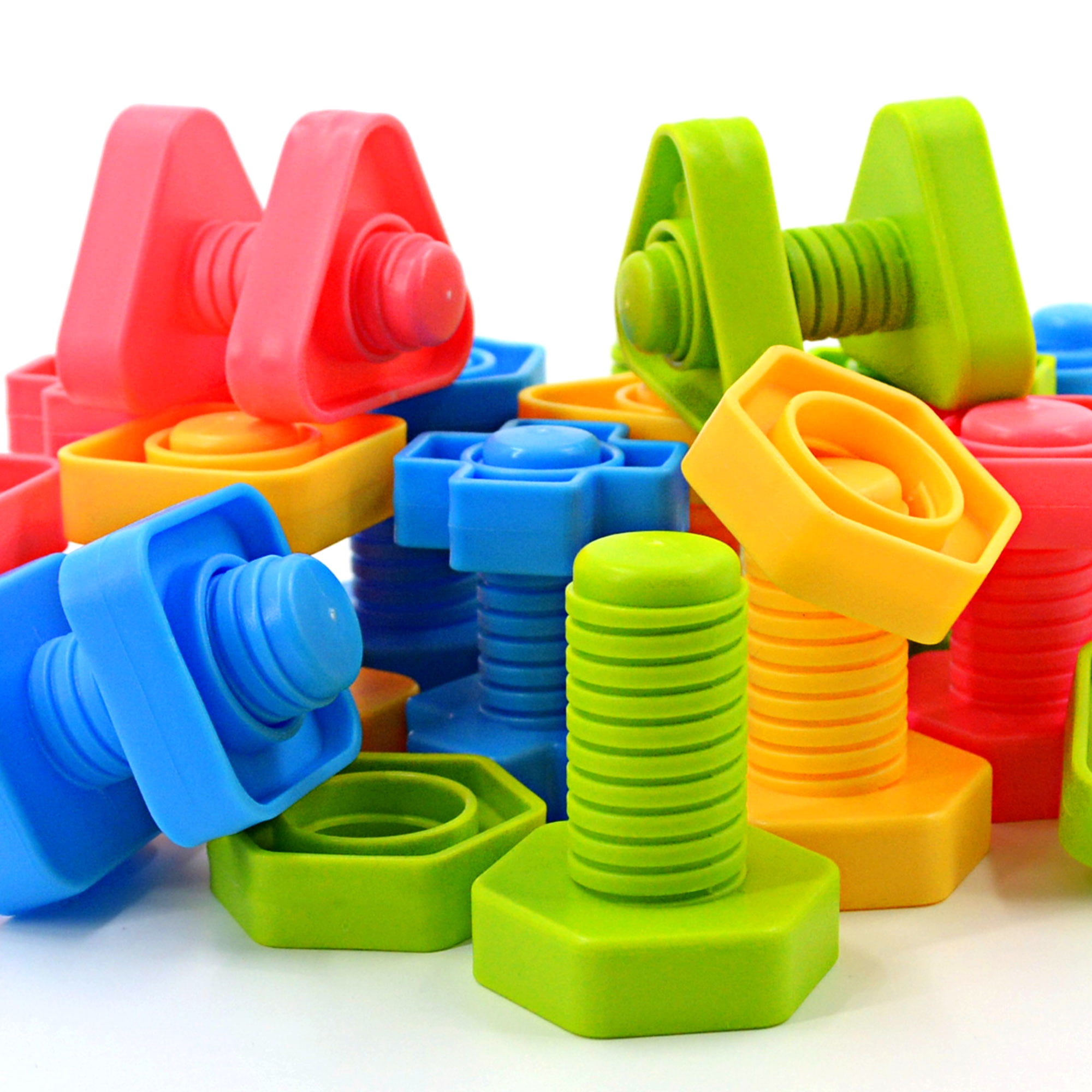Securing This Down: Exploring the Science of Nuts and Hardware
Fasteners & bolts are the unsung champions of construction, engineering, and countless DIY projects. These simple yet vital fasteners hold our world together, from the tiny electronics to sky-high skyscrapers. Understanding the various types of nuts and bolts, along with their particular applications, is important for anyone embarking on a building project or repair. Whether you are seasoned expert or a casual warrior, having the right knowledge about these fasteners can create all the distinction in ensuring durability and safety in your work.
In this comprehensive guide, we will explore the fascinating world of fasteners and screws, covering everything from their fundamental definitions to the best types for specific tasks. https://articlescad.com/locking-it-down-understanding-the-science-of-nuts-and-hardware-45011.html will delve into the popular types of bolts, such as hexagonal and carriage screws, and talk about the different types of fasteners like flange nuts and lock fasteners. Additionally, we will offer insights into materials and coatings, ensuring you choose the most suitable fasteners for your project. By the end of this guide, you will be equipped with the knowledge needed to choose the ideal nuts and bolts for any task, making your home improvement, car repair, or heavy-duty construction projects more effective and effective.
Understanding Fasteners
Fasteners are essential fasteners used in a wide variety of applications, from construction to common household repairs. At their foundation, a bolt is a round metal rod that is built to be placed into a pre-existing hole, often accompanied by a nut, which is a six-sided piece of metal with a hole in the center that corresponds to the dimensions of the bolt. Together, they form a robust connection between two or more parts, guaranteeing stability and reliability in assemblies.
The picking of the correct type of nut and bolt is critical for the effectiveness of any project. Each type serves a particular purpose and is designed to specific materials and loads. For example, lag bolts are perfect for linking wood to wood or wood to masonry, whereas carriage bolts are often used to connect metal parts. Comprehending these variances is crucial to guaranteeing that your fasteners will bear the needed load and resist environmental challenges.
In addition to the different types of nuts and bolts, there are also important specifications to keep in mind, such as thread types and material compositions. Coarse and fine threads, as well as metric and imperial measurements, can drastically impact the performance of the fasteners. Using the appropriate materials, such as stainless steel for corrosion endurance or nylon lock nuts for added protection, can greatly enhance the resilience and effectiveness of the joints in your projects.
Types and Applications
As for nuts and bolts, grasping the various types and their specific applications is essential for any project. For general use, hexagonal bolts are among the most common and flexible options. They work well in applications ranging from infrastructure to machinery due to their firm hold and alignment with common hex nut dimensions. Carriage bolts, with their rounded heads and square shafts, are well-suited for fastening wood materials, especially when a level appearance is desired. visit their website , designed for heavy-duty tasks, are perfect for anchoring items into wood, providing a strong hold that can withstand considerable stress.
In the auto industry, particular fasteners are designed to meet rigorous safety and performance standards. Metric fasteners are often used in cars from Europe, while standard imperial bolts are more common in American cars. The correct type of bolts can affect various factors from engine stability to wheel mounting, making it crucial for repair work and upgrades. Additionally, locking nuts are frequently used in automotive applications to prevent loosening due to vibrations, ensuring that essential elements remain stable over time.
For DIY home improvement projects, selecting the right nuts and bolts can greatly influence the strength of your work. Diverse types of materials and coatings play a vital role in the durability and performance of fasteners. Stainless metal offers superb corrosion resistance, well-suited for outdoor applications, while zinc-treated alternatives provide a cost-effective solution for indoor projects. Understanding these nuances allows homeowners and professionals alike to select the most appropriate nuts and bolts, ensuring a reliable and lasting construction.
Materials and Requirements
When picking nuts and bolts for your applications, the substance is a key factor that influences durability, corrosion resistance, and overall lifespan. Metal remains the most popular choice for standard fasteners due to its high tensile strength and affordability. For uses that demand higher resistance to rust and corrosion, stainless steel is greatly recommended, making it suitable for both exterior and marine environments. Additionally, brass is often preferred for its excellent corrosion resistance and aesthetic appeal, frequently used in plumbing and decorative applications.
Different coatings can further enhance the performance properties of nuts and bolts. Zinc plating provides a protective layer against rust, making it suitable for general use, while galvanized coatings offer even greater corrosion resistance in harsh environments. When it comes to specialty coatings, options like nylon can provide extra protection and reduce friction during assembly. Understanding these materials and coatings will help ensure that you select fasteners capable of withstanding the environments to which they will be exposed.
Specifications such as thread type, grade, and size are just as important. Threads can be coarse, fine, or metric, with specific applications suggesting one over the others. Fastener grades indicate their strength, which is determined by tensile and yield strength, which is critical for load-bearing applications. By becoming familiar with these specifications, you can make informed decisions that meet the demands of your particular project, ensuring safety and effectiveness in your fastening solutions.
